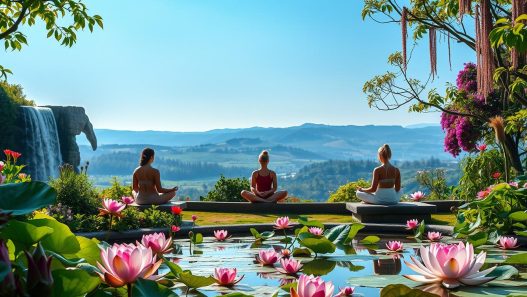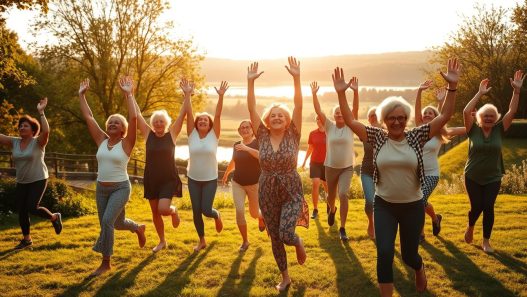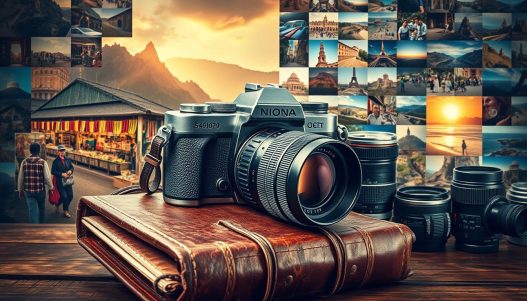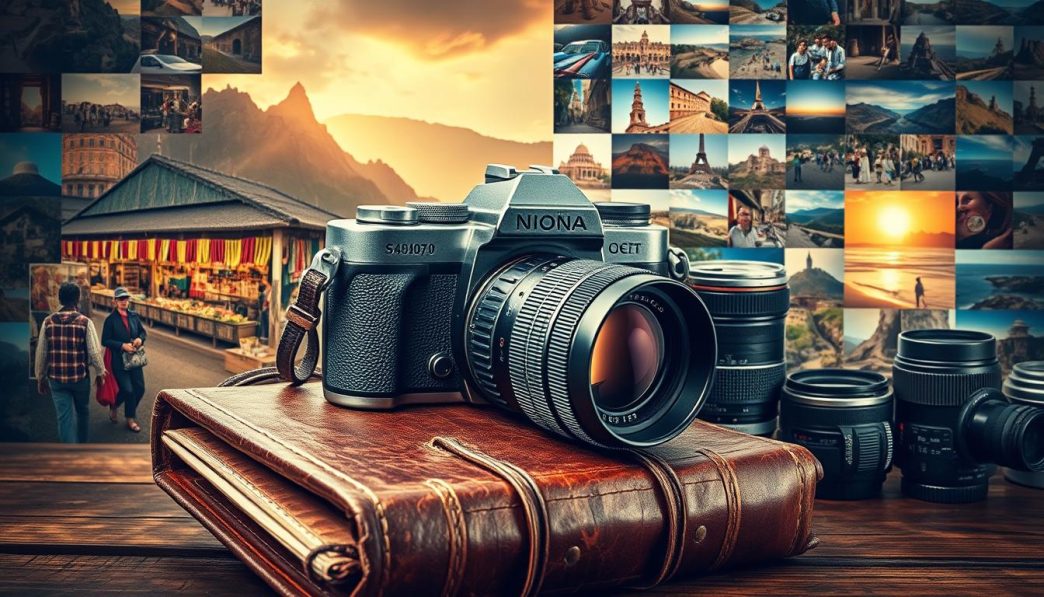Capturing memories while traveling is an art. It mixes technique, creativity, and the right gear. With social media’s rise, travel photography is more than pictures. It’s about sharing your travel stories.
Whether you’re a pro or just starting, bettering your photography techniques can make your trips better. This article shares 10 key travel photography tips. They’ll help you take stunning photos that will last forever.
From knowing your camera to editing, these tips will show you how to capture the beauty of your travels. Mastering these techniques lets you keep your travel memories alive.
Key Takeaways
- Understand your camera settings for better control.
- Learn about composition to make your photos more appealing.
- Utilize natural light to enhance your photography.
- Edit your photos to give them a professional touch.
- Practice patience to capture the perfect shot.
The Art of Travel Photography
Travel photography is all about telling a story with pictures. It’s not just about taking a photo. It’s about showing the heart of a place and its culture.
Why Travel Photography Matters
Travel photography keeps our memories alive and lets us share them. It’s a way to document our adventures and the beauty we see. It helps us reflect on our travels.
Equipment vs. Technique: Finding the Right Balance
Good equipment is important, but knowing photography techniques is just as crucial. Finding the right balance between equipment and technique is key. Knowing how to use your camera and adjusting to light can greatly improve your photos.
Setting Realistic Expectations for Your Travel Photos
It’s important to have realistic expectations for your photos. Not every shot will be perfect. But with practice and patience, you can take amazing photos. Knowing your equipment and being aware of your surroundings will help you reach your goals.
| Aspect | Equipment | Technique |
|---|---|---|
| Importance | High | High |
| Focus | Quality and functionality | Understanding and application |
Tip1: Master the Golden Hours for Magical Lighting
Learning to use the golden hour can take your travel photos to the next level. This time, right after sunrise and before sunset, gives you soft, warm, and magical light. It’s perfect for capturing stunning images.
Understanding Morning and Evening Light
The golden hour’s morning and evening light is soft and warm. It’s great for taking amazing photos. The gentle light brings out the colors and textures of your subjects, making your photos look beautiful.
Planning Your Shoots Around Sunrise and Sunset
To get the most from the golden hour, plan your shoots around sunrise and sunset. Here are some tips:
- Check the weather forecast to ensure clear skies
- Use a sunrise/sunset calculator or app to determine the exact timing
- Arrive at your location early to set up and compose your shot
Apps and Tools to Track Golden Hours
There are many apps and tools to help track the golden hour. This makes planning your shoots easier. Some popular ones include:
- The Photographer’s Ephemeris
- Sun Surveyor
- PhotoPills
Dealing with Unexpected Weather Changes
Even with good planning, weather can change unexpectedly. Be ready to adjust your plans and use the light you have. Sometimes, cloudy skies can give you a soft, diffused light that’s great for unique photos.
Tip2: Research Your Destination Thoroughly
To improve your travel photos, it’s key to research your destination well. This helps you find more than just the usual spots. It makes your trip more enjoyable and ensures you use your time wisely.
Finding Unique Photo Spots Beyond Tourist Traps
While famous landmarks are great, exploring off the beaten path can yield amazing shots. Look for hidden gems like secret views or cultural spots that few know about. Exploring beyond tourist areas lets you capture the true essence of a place.
Using Social Media and Photography Sites for Location Inspiration
Instagram and Flickr are full of ideas for places to visit. Use hashtags or search for destinations to find new ideas. Look at other photographers’ work to see what they’ve captured and get inspiration for your own shots.
Creating a Shot List Before Your Trip
Having a shot list helps you stay focused. It lets you plan your photoshoots and make the most of your time. Include both must-see landmarks and creative shots you want to try.
Allowing Room for Spontaneous Discoveries
Even with a plan, be open to surprises. Some of the best photographs come from unexpected moments. Make room in your schedule for spontaneity to capture unique and memorable shots.
Tip3: Compose with the Rule of Thirds and Leading Lines
Capturing stunning travel photos is more than just having a good camera. It’s about having an eye for composition. Good composition can make any scene stand out.
Understanding Basic Composition Principles
Composition rules guide photographers to make beautiful images. The rule of thirds is key. It divides the image into thirds, both ways, to place key elements.
Using Grid Lines on Your Camera
Many cameras have a grid feature. It helps you follow the rule of thirds. This feature lets you line up your subjects better, improving your photos.
Finding Natural Frames in Your Environment
Leading lines and natural frames are great tools. Look for archways, paths, or shorelines. They can guide the viewer’s eye to your subject, adding depth.
When to Break Composition Rules
Composition rules are useful, but sometimes breaking them is better. Trying new compositions can help you find your style.
Tip4: Include People for Scale and Storytelling
People are key in travel photography, adding scale and storytelling. Including locals makes your photos more relatable and engaging.
Balancing Landscapes with Human Elements
Landscapes are big in travel photography, but people add scale. For example, a huge mountain range looks even bigger with a hiker or group in the front.
Capturing Authentic Local Interactions
Real interactions between locals tell a story about a place’s culture and daily life. To get this, try to blend in and don’t be too camera-shy.
Tip: Talking to locals before taking their picture can make for more natural shots.
Tips for Street Photography While Traveling
Street photography while traveling needs observation, patience, and courage. Here are some tips:
- Stay alert and ready for interesting scenes.
- Use a discreet camera or smartphone to avoid attention.
- Respect local customs and laws about photography.
Photographing Strangers Respectfully
When taking pictures of strangers, be respectful. Always ask for permission, which is more important in cultures where people photos are sensitive.
| Situation | Action |
|---|---|
| Photographing in a crowded area | Generally, permission isn’t needed, but be considerate. |
| Photographing an individual or a small group | Always ask for permission before taking the photo. |
| Photographing in sensitive or restricted areas | Avoid taking photos or seek guidance from local authorities. |
By adding people to your travel photos, you enhance scale and storytelling. You also capture the true essence of your destinations.
Tip5: Master Your Camera Settings for Any Situation
Knowing your camera’s settings is key to great travel photos. By mastering these, you can take amazing pictures in any light, from bright sun to dark rooms.
Essential Settings for Different Environments
Each setting is right for a different place. In the sun, use a low ISO (like 100 or 200) to prevent too much light. But indoors or in cloudy weather, you might need a higher ISO (like 800 or 1600) to capture more light.
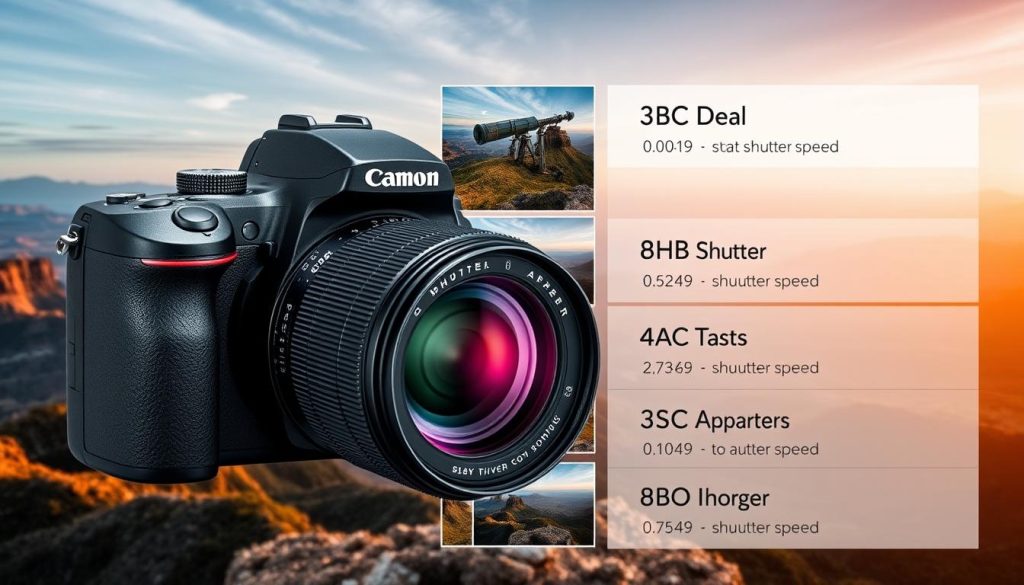
When to Use Manual vs. Automatic Modes
Manual mode lets you control your camera fully, perfect for creative shots. Automatic modes are great for quick photos or when you’re not sure about settings. Choose manual for detailed shots or landscapes where you need to adjust settings.
Handling Challenging Lighting Conditions
Dealing with tough light, like backlight or dim areas, needs careful camera tweaks. Adjusting exposure compensation can help brighten or darken your photos as needed.
Night Photography Techniques for Travelers
For night shots, a tripod keeps your camera steady, a low ISO cuts down on noise, and a wide aperture lets in lots of light. Use a self-timer or remote shutter release to avoid shaking the camera.
Tip6: Pack the Right Gear Without Overloading
As a travel photographer, you need to be ready for anything without carrying too much. Choosing the right photography equipment is key. It helps you capture amazing photos while making travel easier.
Essential Photography Equipment for Travel
For travel photography, the right gear is everything. You’ll need a versatile camera, a few prime lenses (like 24mm and 50mm), and a telephoto lens (70-200mm) for far-off shots. Also, a sturdy tripod, extra batteries, and memory cards are must-haves.
Must-Have Items:
- Camera body with weather sealing
- Prime lenses (24mm, 50mm)
- Telephoto lens (70-200mm)
- Tripod for stability
- Extra batteries and memory cards
Lightweight Alternatives to Heavy Gear
Traveling light doesn’t mean you have to give up quality. Look into lightweight options like carbon fiber tripods, compact lenses, and mirrorless cameras. These can make your bag lighter without hurting your photos.
| Heavy Gear | Lightweight Alternative |
|---|---|
| DSLR Camera | Mirrorless Camera |
| Heavy Tripod | Carbon Fiber Tripod |
| Multiple Lenses | Compact Prime Lenses |
Protecting Your Equipment in Different Climates
Different weather conditions can be tough on your gear. Use weather-sealed covers, lens filters, and silica gel packets to keep it dry. In cold weather, keep batteries warm and use camera hand warmers.
What to Keep in Your Day Bag vs. Hotel Safe
It’s important to know what to carry and what to keep safe. Carry your day bag with essentials like your camera, a prime lens, and extra batteries. Store valuable items like your laptop, extra lenses, and memory cards in the hotel safe.
Day Bag Essentials:
- Camera body
- Prime lens
- Extra batteries and memory cards
Hotel Safe Storage:
- Laptop and portable hard drives
- Extra lenses and filters
- Memory cards and backups
10 Travel Photography Tips to Capture Stunning Memories: Creating Your Visual Journey
Travel photography is more than just taking pictures. It’s about creating a visual story that captures your journey’s essence. As you start this creative journey, telling your story through photos is key.
Developing a Narrative Through Your Photos
A good travel photo story tells more than just where you’ve been. It shares the people, culture, and landscapes you’ve seen. To do this, aim to capture a variety of moments and scenes that show the heart of your travels.
Balancing Documentation with Artistic Expression
It’s important to document your travels, but also to add your artistic touch. This mix makes your photos both informative and beautiful. Try different angles and lighting to make your images stand out.
Developing Your Personal Photography Style
Finding your personal style in travel photography means knowing what you like and what you want to share. Sticking to your style helps create a unique visual identity.
Avoiding Cliché Shots While Still Capturing Icons
To be unique, find new ways to show off famous landmarks. Shoot from unusual spots or when it’s less busy to give your photos a fresh look.
| Tip | Description |
|---|---|
| Experiment with Angles | Don’t be afraid to shoot from low or high angles to add variety to your photos. |
| Pay Attention to Lighting | Lighting can dramatically change the mood of your photographs. |
Tip8: Edit Your Photos to Enhance, Not Distort
To truly showcase your travel experiences, editing your photos is essential, but it must be done thoughtfully. Editing can enhance the quality of your images, making them more captivating and memorable.
Basic Editing Techniques for Travel Photos
Basic editing techniques include adjusting exposure, contrast, and saturation. These adjustments can significantly improve the overall look of your photos. For instance, increasing the exposure can help brighten up underexposed areas, while adjusting the contrast can make your images more vivid.
Key editing techniques:
- Adjusting exposure and contrast
- Enhancing colors through saturation adjustments
- Cropping to improve composition
Mobile Apps vs. Desktop Software for Travelers
When it comes to editing on the go, mobile apps like Lightroom Mobile and Snapseed are highly recommended due to their powerful features and convenience. For more advanced editing, desktop software such as Adobe Lightroom and Photoshop offers more comprehensive tools.
| Feature | Mobile Apps | Desktop Software |
|---|---|---|
| Ease of Use | High | Medium |
| Advanced Features | Medium | High |
Creating Consistent Looks Across Your Travel Series
To create a cohesive visual narrative, applying a consistent editing style across your travel photos is crucial. This can be achieved by using presets or developing a personal editing style that reflects your photographic vision.
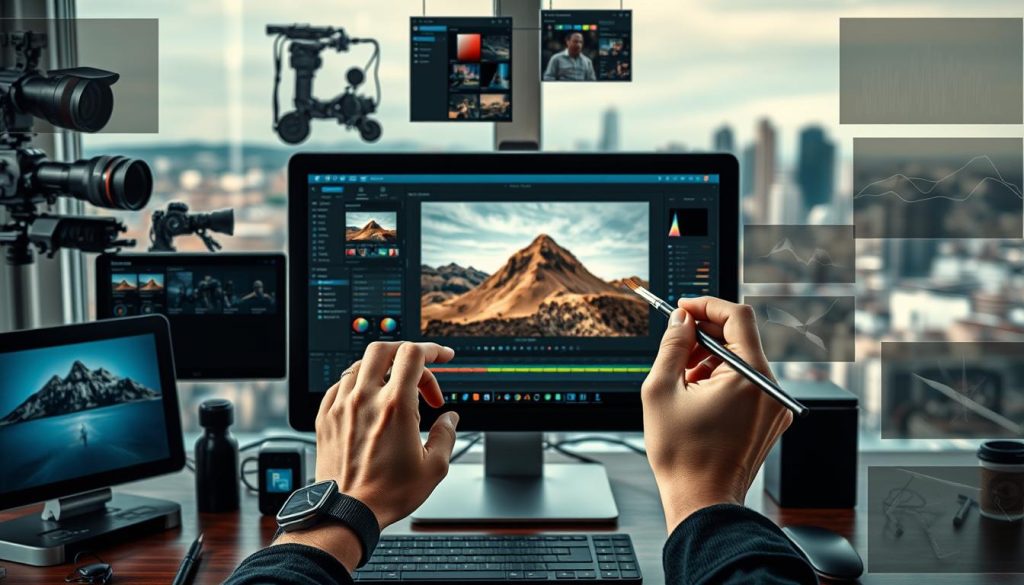
Maintaining Authenticity in Your Edits
While editing can enhance your photos, it’s essential to maintain their authenticity. Avoid over-editing, which can distort the original scene. The goal is to enhance, not alter, the reality of your travel experiences.
By following these guidelines, you can ensure that your travel photos are not only visually appealing but also authentic representations of your journeys.
Tip9: Capture Local Culture with Respect and Sensitivity
To truly capture the essence of local cultures through photography, one must first understand the importance of cultural sensitivity. This means being aware of how your photography affects the communities you visit.
Ethical Considerations in Travel Photography
Travel photography brings up several ethical questions. It’s important to think about how your photos might affect the people and communities you photograph.
Asking Permission and Respecting Boundaries
Whenever you can, ask for permission before taking photos of people, even in private moments. It’s key to ethical photography to respect people’s boundaries.
Telling Cultural Stories Through Images
Photography can tell powerful cultural stories. By showing the daily lives, traditions, and rituals of a community, you share the richness and diversity of cultures worldwide.
Researching Cultural Taboos Before Your Trip
Before you travel, research the cultural taboos and sensitivities of your destination. Knowing what is respectful and what is not can make your photography better and more meaningful.
By being respectful and sensitive in your photography, you create more impactful images. You also help make the travel photography community more ethical and considerate.
Tip10: Organize and Preserve Your Travel Memories
Travel photography is more than just capturing moments. It’s about keeping those memories safe for years. Organizing your travel photos helps you relive your adventures and share them with others.
Digital Storage Solutions for Travelers
Having a good digital storage solution is key to keeping your memories safe. Cloud storage services like Google Drive, Dropbox, or iCloud are great. They offer secure and easy-to-access storage for your photos.
Backing Up Photos While on the Road
It’s important to back up your photos often to avoid losing them. Use portable hard drives or SSDs. Also, consider services like Backblaze for automatic backups.
Creating Travel Photo Books and Displays
Turn your digital photos into real keepsakes with travel photo books or displays. Sites like Shutterfly, Snapfish, or Blurb make it simple to create beautiful books.
Sharing Your Photos Effectively Online
When sharing your photos online, use platforms like Instagram or Flickr. They’re great for photography lovers. Use hashtags and interact with your followers to get more views.
By following these tips, you can keep your travel memories safe and cherished for years.
Conclusion: Transforming Your Travel Experiences Through Photography
Capturing stunning memories is more than just pointing and shooting. It’s about understanding photography and using techniques to enhance your travels. By mastering the golden hours and researching your destination, you can make your travels unforgettable.
Photography is not just about taking great photos. It’s about being in the moment and seeing the beauty around you. Using these tips, your travels will become more meaningful and memorable. Your camera will tell your stories, letting you relive your adventures.
By using these travel photography tips, you’ll capture stunning images and appreciate the places you visit more. This transformation will make your travels more enjoyable and memorable. So, pack your camera, apply these tips, and get ready to turn your travels into breathtaking stories.


